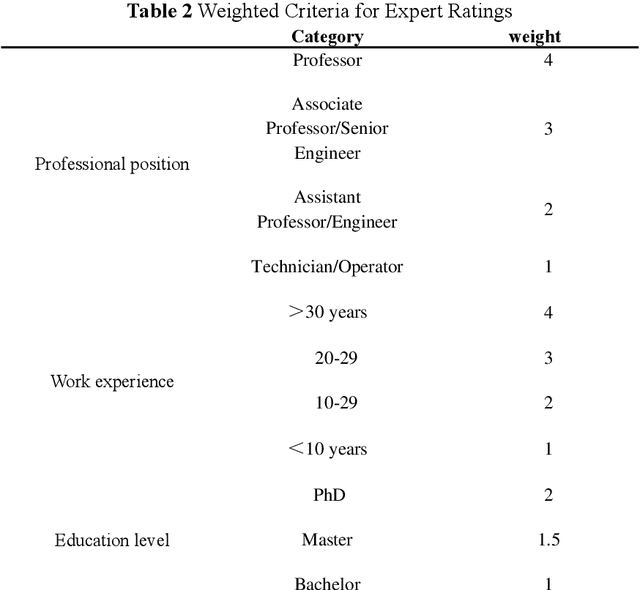Jiayan Fang
A Fuzzy Reinforcement LSTM-based Long-term Prediction Model for Fault Conditions in Nuclear Power Plants
Nov 13, 2024



Abstract:Early fault detection and timely maintenance scheduling can significantly mitigate operational risks in NPPs and enhance the reliability of operator decision-making. Therefore, it is necessary to develop an efficient Prognostics and Health Management (PHM) multi-step prediction model for predicting of system health status and prompt execution of maintenance operations. In this study, we propose a novel predictive model that integrates reinforcement learning with Long Short-Term Memory (LSTM) neural networks and the Expert Fuzzy Evaluation Method. The model is validated using parameter data for 20 different breach sizes in the Main Steam Line Break (MSLB) accident condition of the CPR1000 pressurized water reactor simulation model and it demonstrates a remarkable capability in accurately forecasting NPP parameter changes up to 128 steps ahead (with a time interval of 10 seconds per step, i.e., 1280 seconds), thereby satisfying the temporal advance requirement for fault prognostics in NPPs. Furthermore, this method provides an effective reference solution for PHM applications such as anomaly detection and remaining useful life prediction.
Research on an intelligent fault diagnosis method for nuclear power plants based on ETCN-SSA combined algorithm
Nov 11, 2024Abstract:Utilizing fault diagnosis methods is crucial for nuclear power professionals to achieve efficient and accurate fault diagnosis for nuclear power plants (NPPs). The performance of traditional methods is limited by their dependence on complex feature extraction and skilled expert knowledge, which can be time-consuming and subjective. This paper proposes a novel intelligent fault diagnosis method for NPPs that combines enhanced temporal convolutional network (ETCN) with sparrow search algorithm (SSA). ETCN utilizes temporal convolutional network (TCN), self-attention (SA) mechanism and residual block for enhancing performance. ETCN excels at extracting local features and capturing time series information, while SSA adaptively optimizes its hyperparameters for superior performance. The proposed method's performance is experimentally verified on a CPR1000 simulation dataset. Compared to other advanced intelligent fault diagnosis methods, the proposed one demonstrates superior performance across all evaluation metrics. This makes it a promising tool for NPP intelligent fault diagnosis, ultimately enhancing operational reliability.
Weighted Laplacian and Its Theoretical Applications
Nov 23, 2019


Abstract:In this paper, we develop a novel weighted Laplacian method, which is partially inspired by the theory of graph Laplacian, to study recent popular graph problems, such as multilevel graph partitioning and balanced minimum cut problem, in a more convenient manner. Since the weighted Laplacian strategy inherits the virtues of spectral methods, graph algorithms designed using weighted Laplacian will necessarily possess more robust theoretical guarantees for algorithmic performances, comparing with those existing algorithms that are heuristically proposed. In order to illustrate its powerful utility both in theory and in practice, we also present two effective applications of our weighted Laplacian method to multilevel graph partitioning and balanced minimum cut problem, respectively. By means of variational methods and theory of partial differential equations (PDEs), we have established the equivalence relations among the weighted cut problem, balanced minimum cut problem and the initial clustering problem that arises in the middle stage of graph partitioning algorithms under a multilevel structure. These equivalence relations can indeed provide solid theoretical support for algorithms based on our proposed weighted Laplacian strategy. Moreover, from the perspective of the application to the balanced minimum cut problem, weighted Laplacian can make it possible for research of numerical solutions of PDEs to be a powerful tool for the algorithmic study of graph problems. Experimental results also indicate that the algorithm embedded with our strategy indeed outperforms other existing graph algorithms, especially in terms of accuracy, thus verifying the efficacy of the proposed weighted Laplacian.
 Add to Chrome
Add to Chrome Add to Firefox
Add to Firefox Add to Edge
Add to Edge